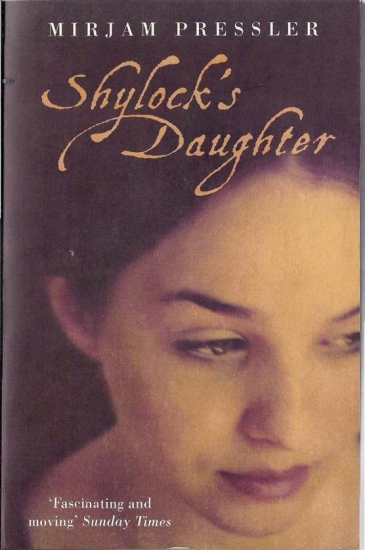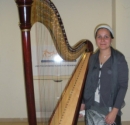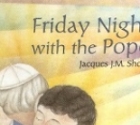
While visiting Melbourne, Australia a few months ago, I came across an article in the book section of one of the daily newspapers under the heading “Writers are borrowing from Shakespeare for their own stories”. The examples given by the writer of the article, Jane Sullivan, are as follows: Jane Smiley’s A Thousand Acres which she characterizes as being “an epic reworking of King Lear”, Christopher Moore’s Fool, featuring the same play but an entirely different story, from the Fool’s point of view. Then came John Updike’s Gertrude and Claudius, “a prequel to Hamlet where the villainous adulterers are transformed into passionate lovers and Hamlet is a sulky, jealous boy.” and David Wroblewski’s “The Story of Edgar Sawtelle”, “a Hamlet-inspired story where the Ophelia character is Almondine, a dog.”
Jane Sullivan adds that “the fastest-growing genre of borrowers is writers for young adults: there are about 20 novels for teens, either about Shakespearean characters or about members of Shakespeare’s family.” Her examples are books based on Hamlet and Macbeth of which I would mention here Lisa Klein’s Lady Macbeth’s Daughter.
Were she writing for a Jewish or an Israeli public, one could imagine that at the center of her article Jane Sullivan would tell us about Mirjam Pressler’s Shylock’s Daughter, a novel about Venice and its Jewish Ghetto in the year 1568, the main character of which is Shylock’s daughter Jessica[1] who, in Shakespeare’s The Merchant of Venice runs away from her father’s house in order to be with her Gentile lover, Lorenzo, an Italian gentleman of little consequence. The novel was first published in German in 1999 and then in English translation in 2000 by Macmillan Children’s Books. To quote from the back cover of the book: “Jessica is sixteen – and trapped. She’s tired of the endless rules of the Jewish Ghetto. Tired of her father’s meanness. Now she wants to be free…. Lorenzo is everything Jessica ever wanted – handsome, charming, aristocratic and flattering…. But Lorenzo is a Christian and Jessica is a Jew. And the price of freedom can be desperately high….”
Mirjam Pressler introduces into her novel a number of characters who are not in the play, one of whom is Dalilah. She is a member of Shylock’s household, a kind of adopted daughter whose point of view is diametrically opposed to that of Jessica. She too ultimately leaves the Ghetto, but does not abandon her faith. She makes her way eastwards to one of the Jewish communities in 16th century Israel (such as Jerusalem, Tiberias or Safed).
Shylock’s Daughter makes a very good read, with an excellent portrayal of character. I can’t help wondering why it hasn’t been translated into Hebrew. It is admirably suited to the young Israeli readers, whether secular or religious.
[1] I have heard it said that their Hebrew names could quite easily have been שלח and יסכה respectively.
 DEAR EDITOR 155
DEAR EDITOR 155 MODIIN ON THE MOVE
MODIIN ON THE MOVE HEALTH HINTS ONIONS FOR JAUNDICE
HEALTH HINTS ONIONS FOR JAUNDICE Robert Kwong at the Yeshiva
Robert Kwong at the Yeshiva  Friday Night with the Pope - A Book Review
Friday Night with the Pope - A Book Review The Kabbalist - A Book Review
The Kabbalist - A Book Review  Amiel Gurt
Amiel Gurt